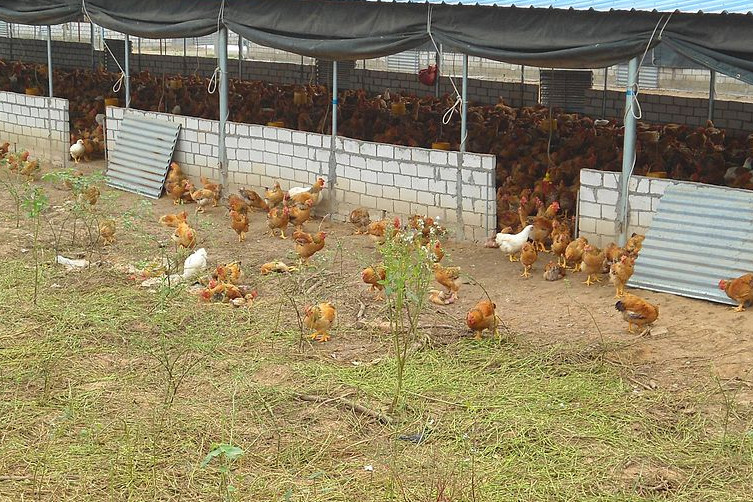China: AI vaccine worked but new viruses in ducks found

Use of vaccine technology to control H7N9 avian influenza was generally successful in poultry but the research found new viruses in ducks, according to results published in Cell Host and Microbe.
The Chinese vaccine was launched in September 2017 following the bird flu pandemic in 2013 and data has shown that vaccination of chickens successfully prevented the spread of the virus.
Check out the interactive Poultry Health Tool – with the latest insights on the 40+ most common poultry diseases.
2 previously undetected viruses
But it also led to the discovery of 2 previously undetected genetic variation of the H7N9 and H7N2 subtypes in unvaccinated ducks.
Hualan Chen, a senior author on the paper and animal virologist at the Harbin Veterinary Research Institute, said: “It surprised me that the novel, highly pathogenic sub-types had been generated in and adapted so well to ducks, because the original highly pathogenic form of H7N9 has very limited capacity to replicate in ducks.”
Chen’s team collected over 37,928 chickens and 15,956 duck genetic samples 8 months before and 5 months after the vaccine’s introduction. They isolated 304 H7N9 viruses before the vaccine’s release and only 17 H7N9 and one H7N2 virus after.
“Our data shows that vaccination of chickens successfully prevented the spread of the H7N9 virus in China. The fact that human infection has not been detected since February 2018 indicates that consumers of poultry have also been well protected from H7N9 protection.”













